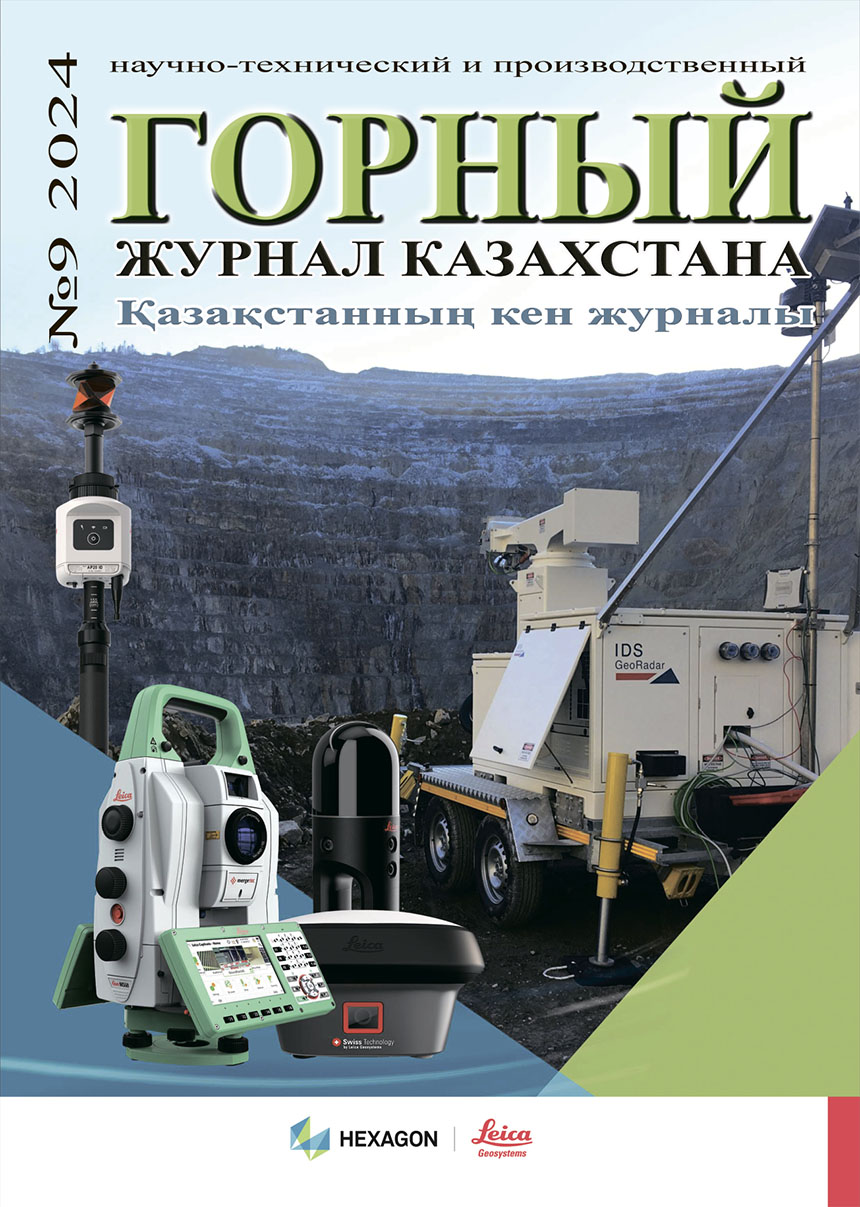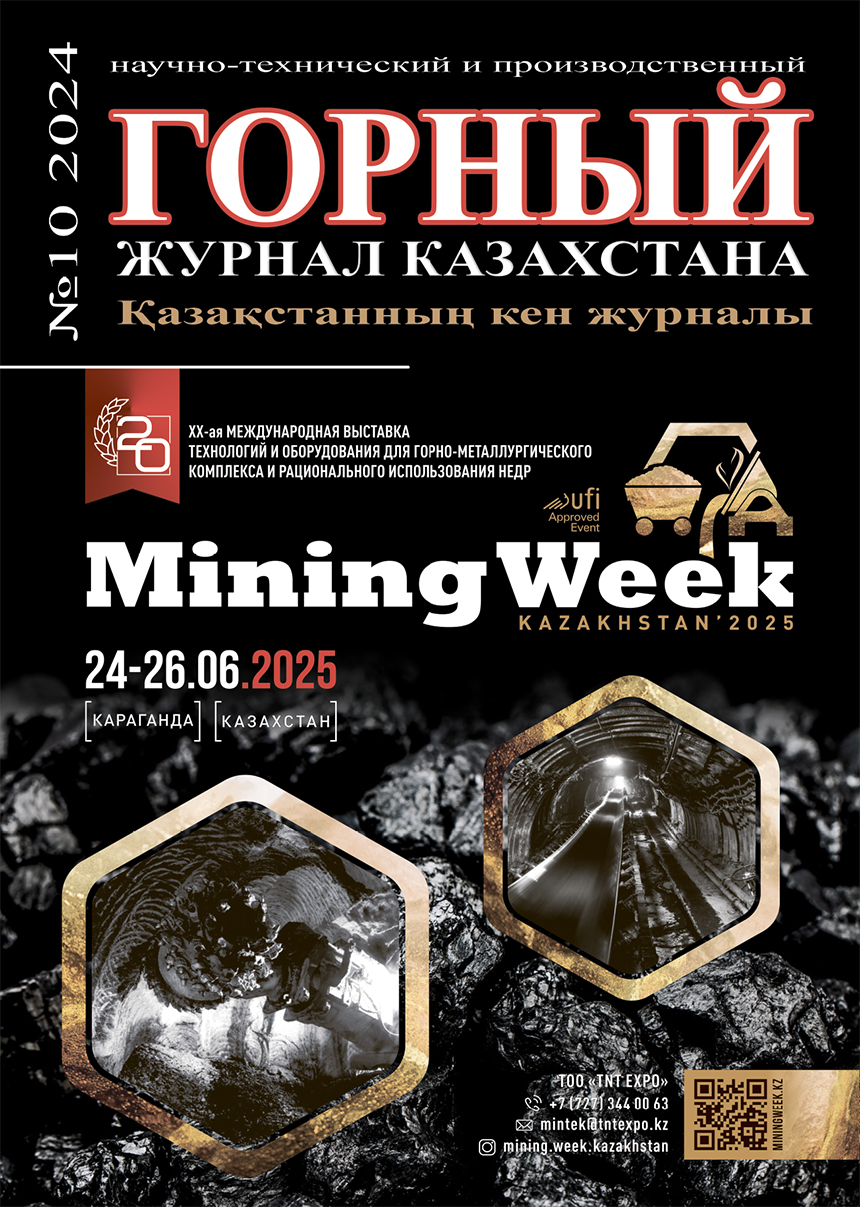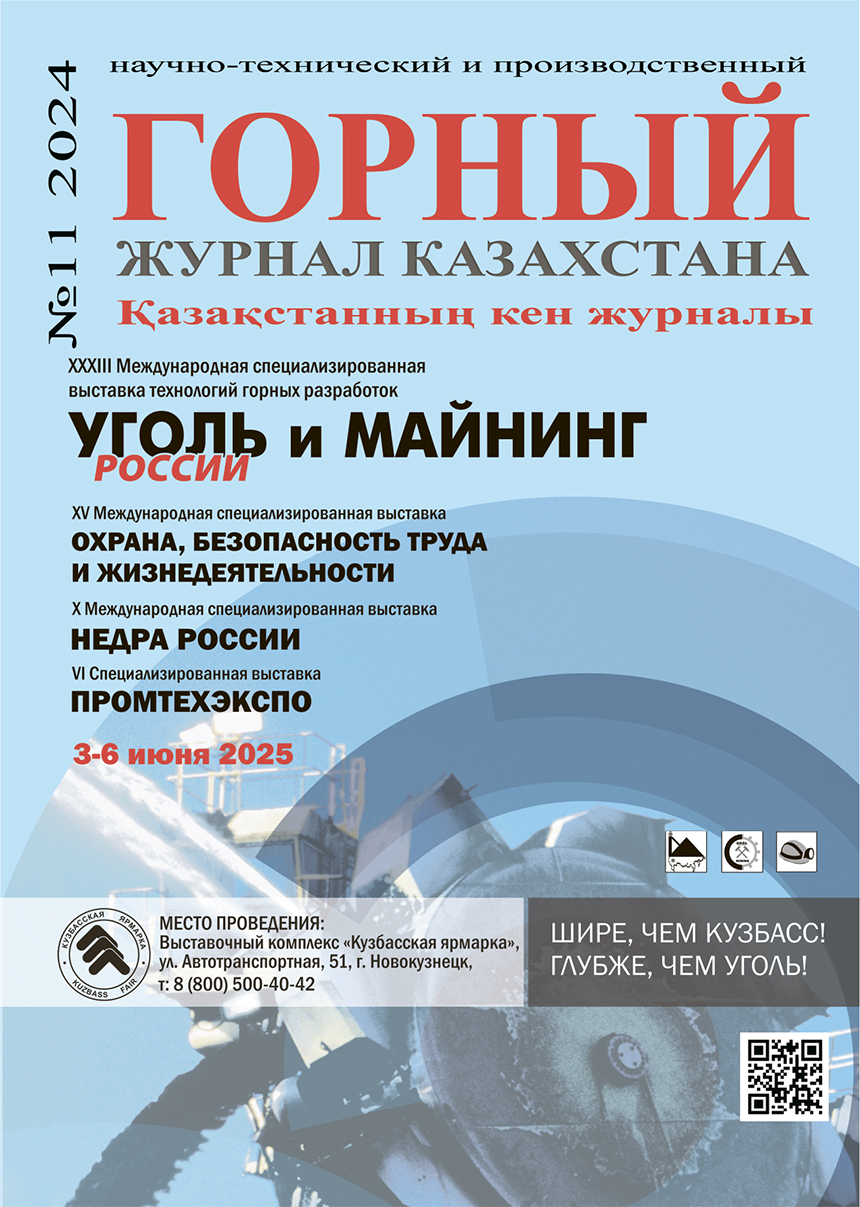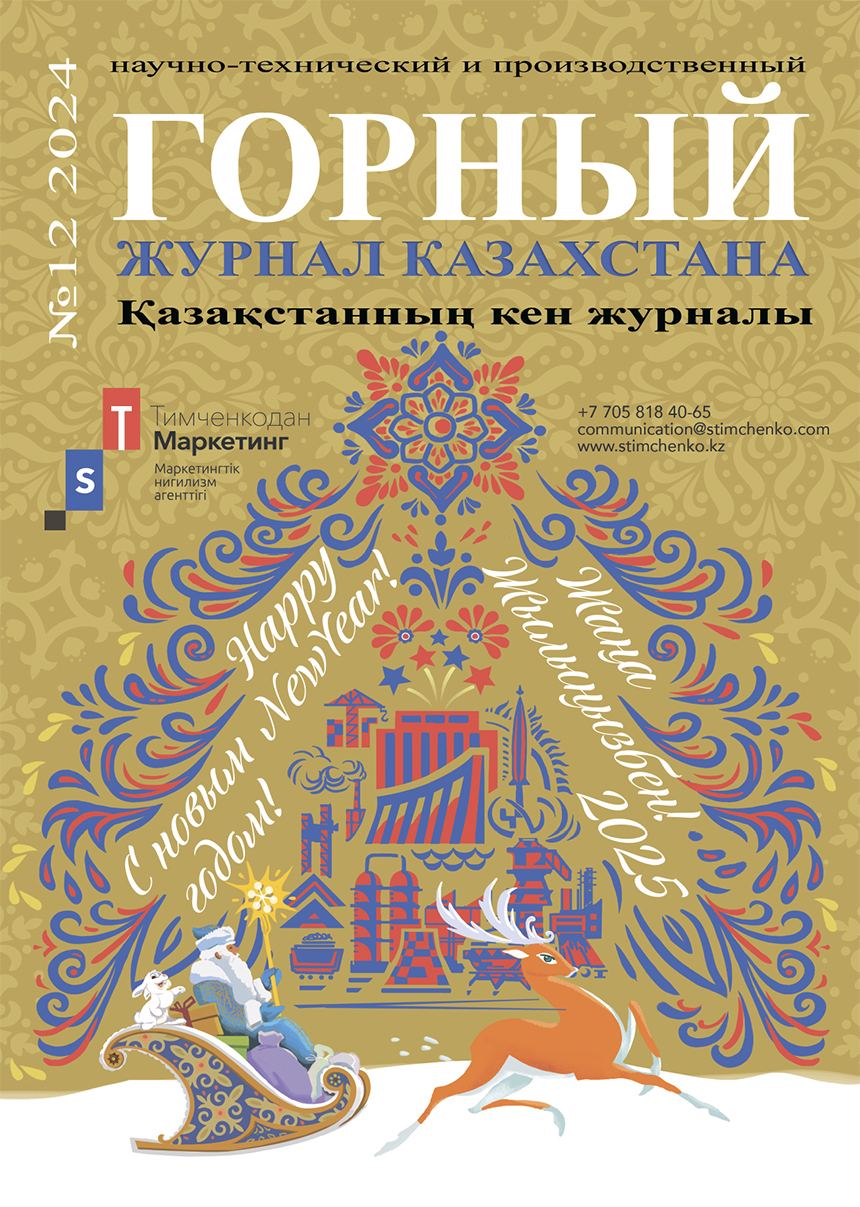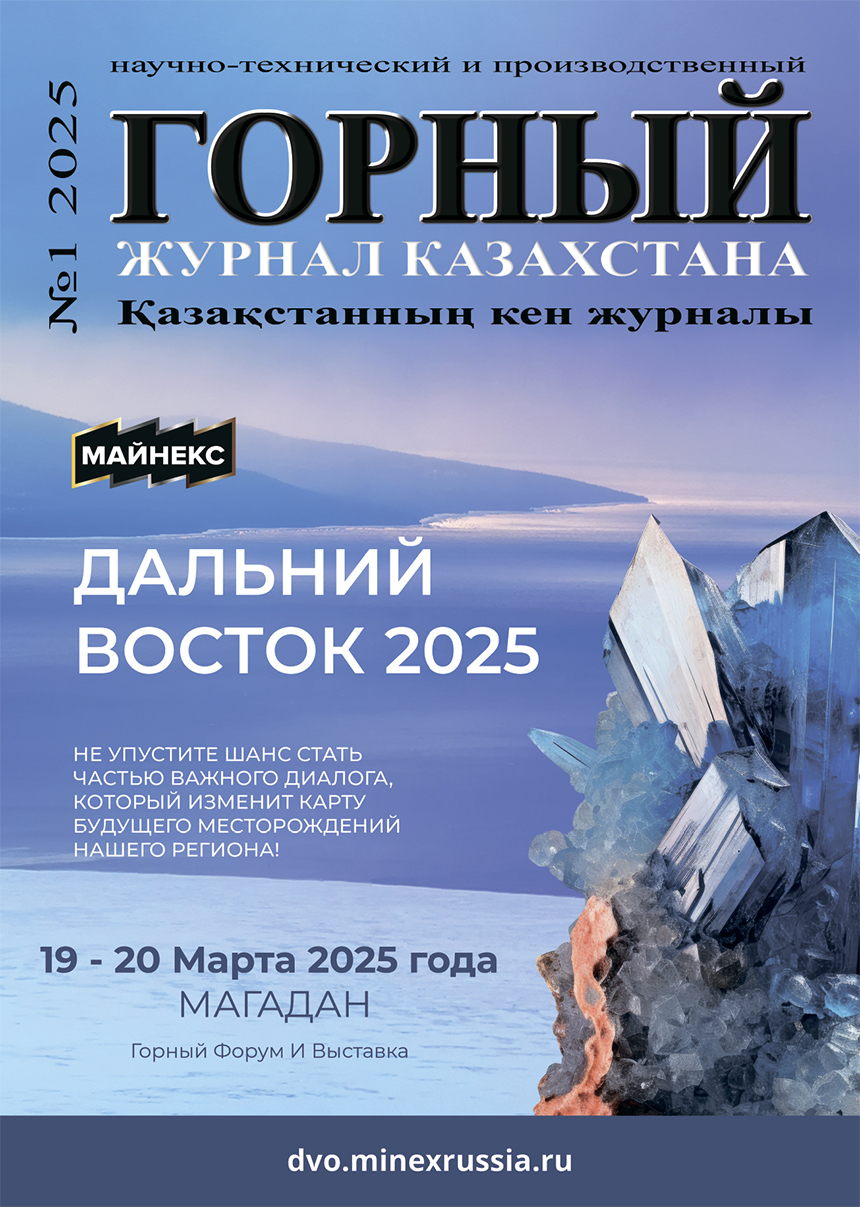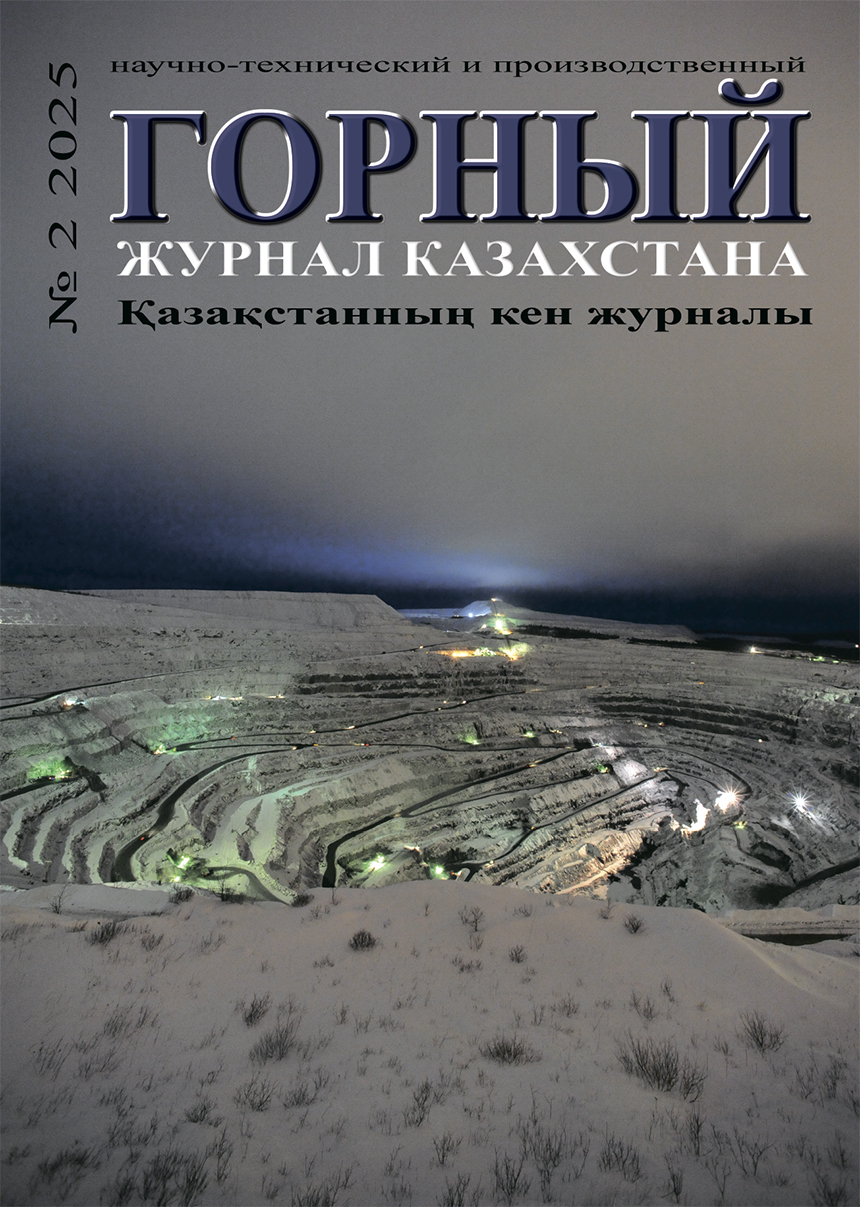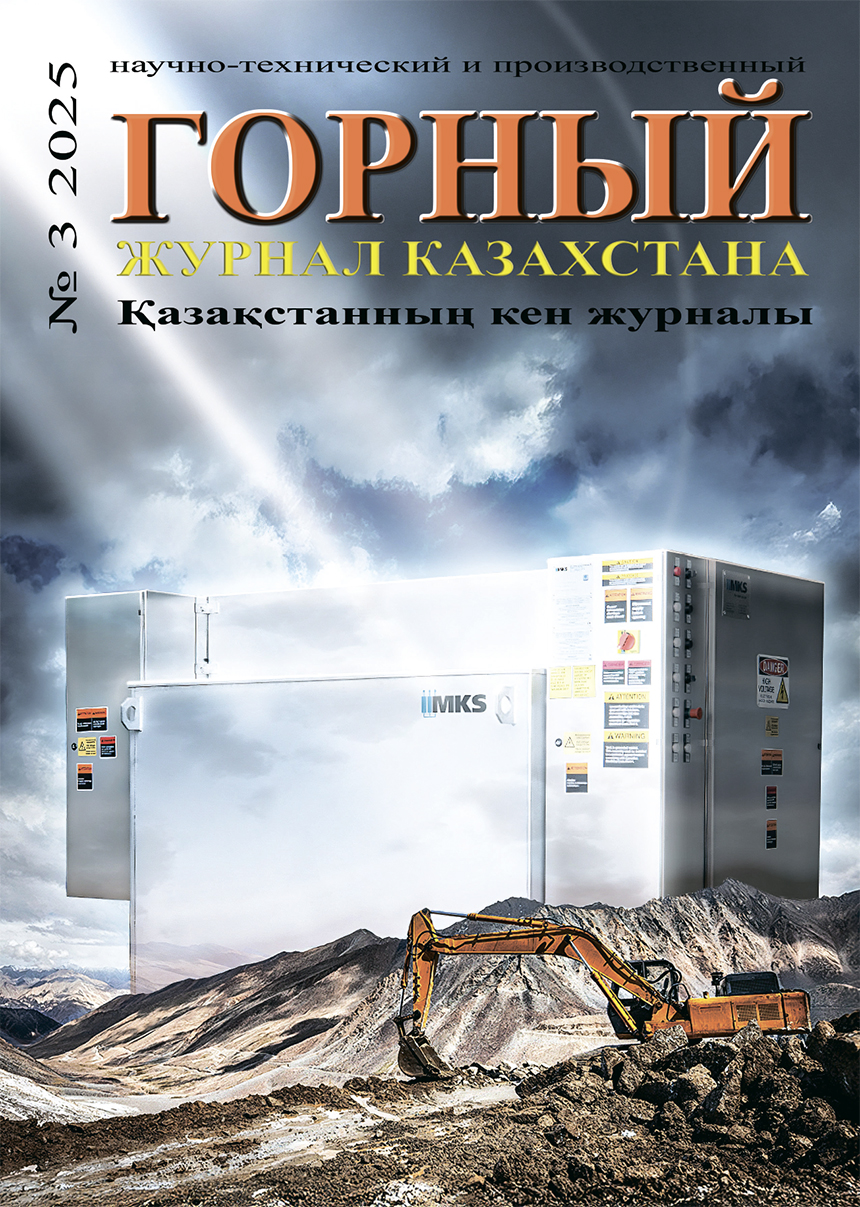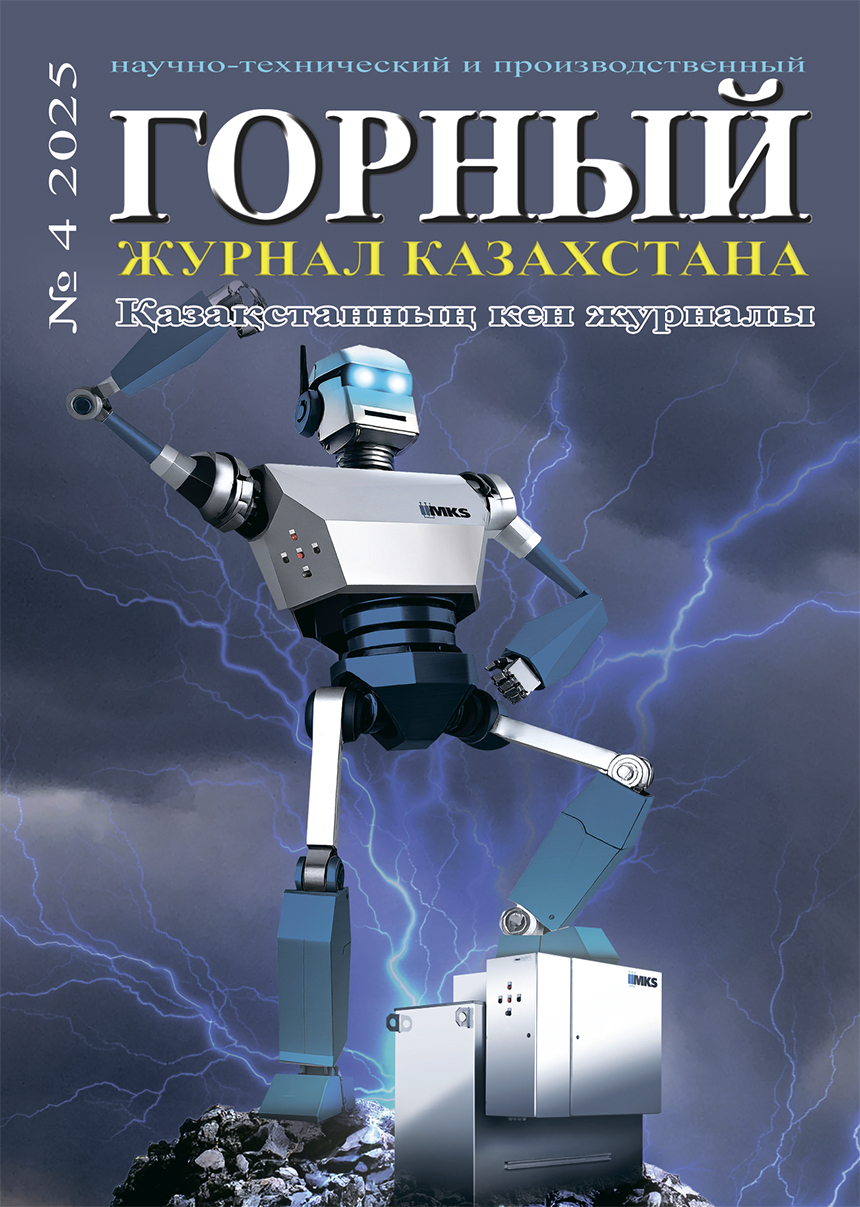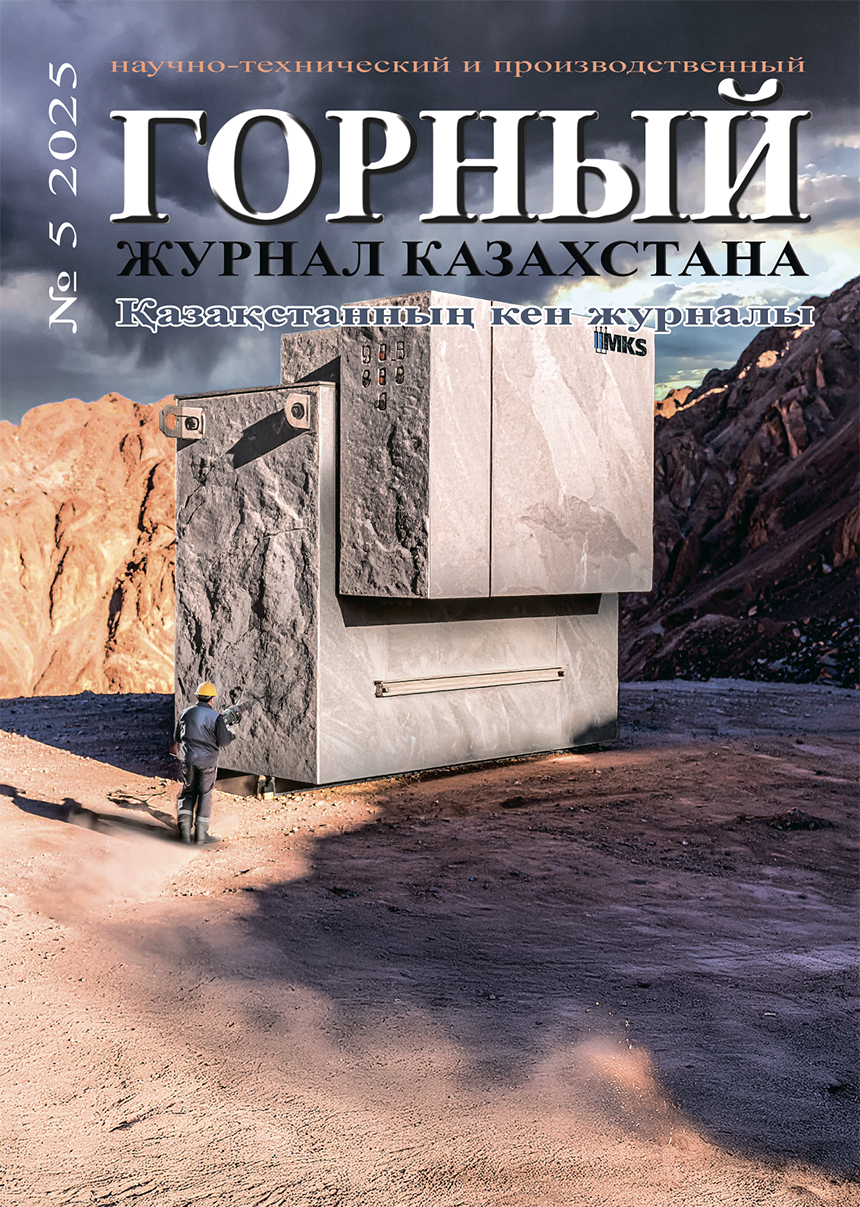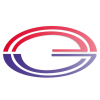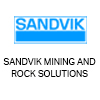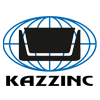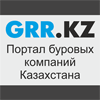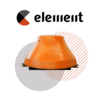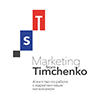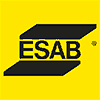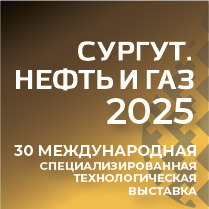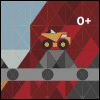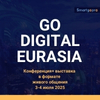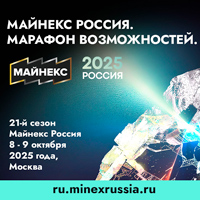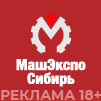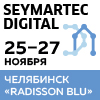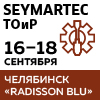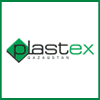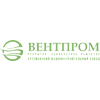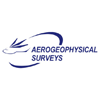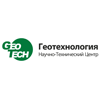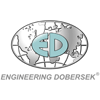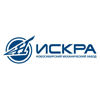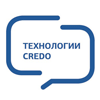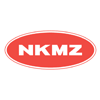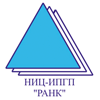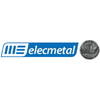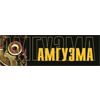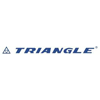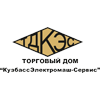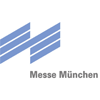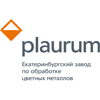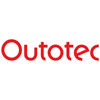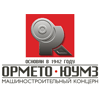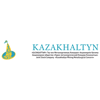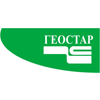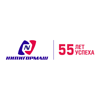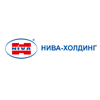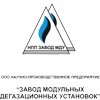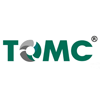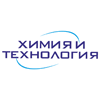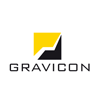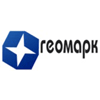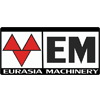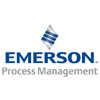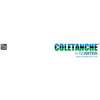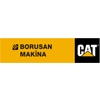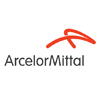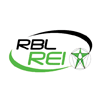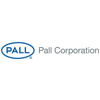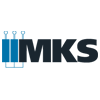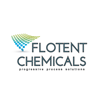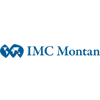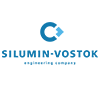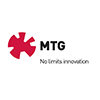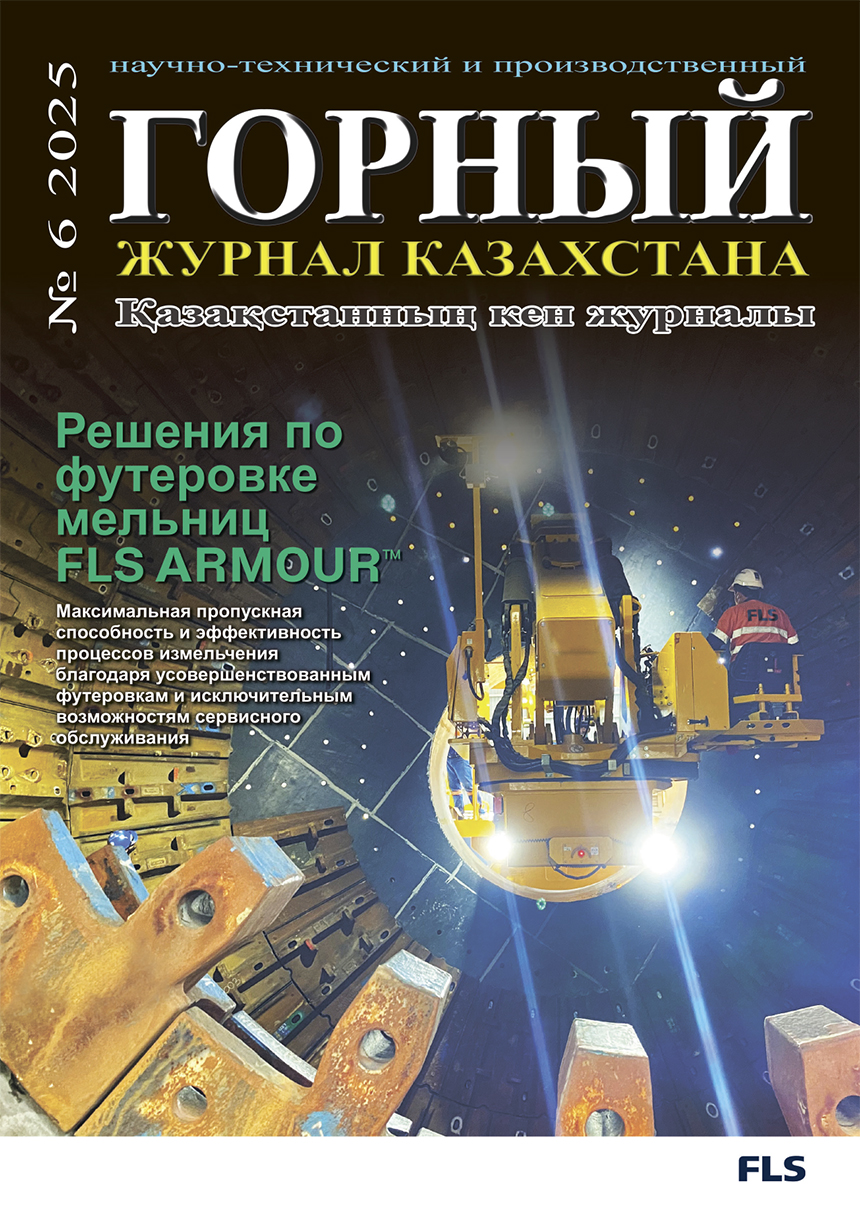
О журнале
ISSN 2227-4766. Подписной индекс 75807
Свидетельство о постановке на учет периодического печатного издания №13508-Ж от 04.04.2013 г.
«Горный журнал Казахстана», учредителем которого является ТОО «Научно-производственное предприятие «Интеррин», издается с января 2003 года, и уже успел завоевать симпатии специалистов. На данный момент у журнала большое количество подписчиков в промышленных зонах Казахстана, в число которых входят и учебные заведения. Журнал распространяется также в России, Кыргызстане, Узбекистане, Таджикистане. «Горный журнал Казахстана» стал востребованным для инженерной общественности страны и рейтинговым изданием; распространяется по подписке и его получает большинство предприятий горно-металлургического профиля, что позволяет им следить за новинками, используемыми на родственных предприятиях.
Издание поддерживает тип открытого доступа Libre Open Acces (контент издания находится в свободном и бесплатном доступе для пользователя или его/ее учреждения). Тираж журнала составляет 1500 экз., периодичность выхода – 12 номеров в год, полосность – от 64 до 80 страниц. Издание выходит на русском языке с публикацией материалов на русском, казахском и английском языках. В руководство журналом и редакционную коллегию вошли ведущие специалисты в области взрывных работ и горного дела Казахстана, России, Киргизии. Статьи журнала регистрируются в БД Crossref, каждой статье присваивается DOI – цифровой идентификатор объекта, используемый для выхода на электронные документы с целью цитирования. Журнал индексируется Казахстанской базой цитирования (КазБЦ) АО «Национальный центр государственной научно-технической экспертизы» (НЦГНТЭ). Электронные копии издания направляются в национальную библиотеку Республики Казахстан.
Статьи, публикуемые на страницах журнала, в том числе присылаемые для публикации из-за рубежа и посвященные инновационному развитию горного дела, получили высокую оценку и способствовали углублению знаний и расширению информационного поля работников сырьевой отрасли. Авторами статей журнала являются компетентные специалисты, взгляд которых на актуальные проблемы, мы уверены, будет полезен для еще более успешной работы Вашего предприятия. В нашем журнале Вы сможете почерпнуть полезную информацию о научно-технических достижениях и, главное, – о практическом применении их в горном деле.
Новости
Конкурс сварочного мастерства: в Алматы завершилось с�...
В Алматы завершился I Международный профессиональный конкурс по компетенции «Сварочные технологии» по стандартам WorldSkills при поддержке Министерства просвещения Республики Казахстан. С 26 по 30 мая преподаватели технических колледжей из пяти стран Центральной Азии демонстрировали свое мастерство. Организаторами выступили Некоммерческое акционерное общество «Talap», Управление образования города Алматы, Алматинский строительно-технический колледж и компания ESAB – международный производитель решений в области сварки и резки металлов.
Состязание собрало профессионалов из Казахстана, Кыргызстана, Монголии, Таджикистана и Узбекистана. Участники демонстрировали свои навыки и умение работать с современным высокотехнологичным оборудованием ESAB. Компания предоставила конкурсантам профессиональные сварочные полуавтоматы Rustler EM 350C PRO SYNERGIC со сварочными горелками PSF 315, а также необходимые расходные материалы: электроды УОНИИ-13/55, присадочные прутки OK Tigrod 12.64, сварочную проволоку Св-08Г2С 1.0 мм 18 кг, порошковую проволоку FILARC PZ6113 1.2 мм 16 кг, а также OK Tigrod 4043 2.4x1000 мм 2.5 кг, OK Tigrod 316L 2.4x1000 мм 5 кг.
Среди казахстанских мастеров борьба за победу была настолько напряженной, что система оценки выявила сразу трех победителей с минимальным отрывом в сотые доли балла. Ими стали Родион Царегородцев, Гани Кадир и Сергей Герасименко. В международном зачете лучшие результаты показали Лхагвацамж Ууганчимэг из Монголии, Улугбек Тошболтаев из Узбекистана и участник из Таджикистана – Рахмонали Одинаев. Победителей наградили призами, а все участники конкурса получили памятные подарки от организаторов.
«Одна из важнейших миссий ESAB – поддержка развития профессионального образования в Центральной Азии через участие в проектах WorldSkills и сотрудничество с техническими учебными заведениями. А конкурс мастеров имеет особое значение. Когда преподаватели сами демонстрируют высокий уровень владения современными технологиями, это создает принципиально новую планку для подготовки студентов. Именно такие мероприятия повышают престиж рабочих профессий и показывают молодежи перспективы профессионального роста», – подчеркнула директор ТОО ЭСАБ Казахстан, руководитель региона ЭСАБ Центральная Азия Екатерина Татаринова.
Мероприятие стало частью масштабной стратегии по развитию профессионального образования, инициированной президентом Казахстана Касым-Жомартом Токаевым. Аналогичные проекты ESAB поддерживает и в других странах Центральной Азии.
О компании:
ESAB – один из мировых лидеров в области производства оборудования и расходных материалов для сварки и резки металлов. Компания производит оборудование для ручной сварки и резки, автоматизированной сварки и механических систем резки, а также сварочные материалы и средства индивидуальной защиты.
Офисы продаж и техподдержки работают в 145 странах. Компания имеет более 35 производственных предприятий, а ее штат насчитывает свыше 10 000 сотрудников. Основной технологический центр расположен в Гетеборге, Швеция, там ведется разработка сварочных материалов.
В Центральной Азии ESAB работает с 2007 года и является крупнейшей сварочной компанией полного цикла, которая многие годы занимает лидирующие позиции на рынке и располагает широкой дистрибьюторской сетью в регионе.
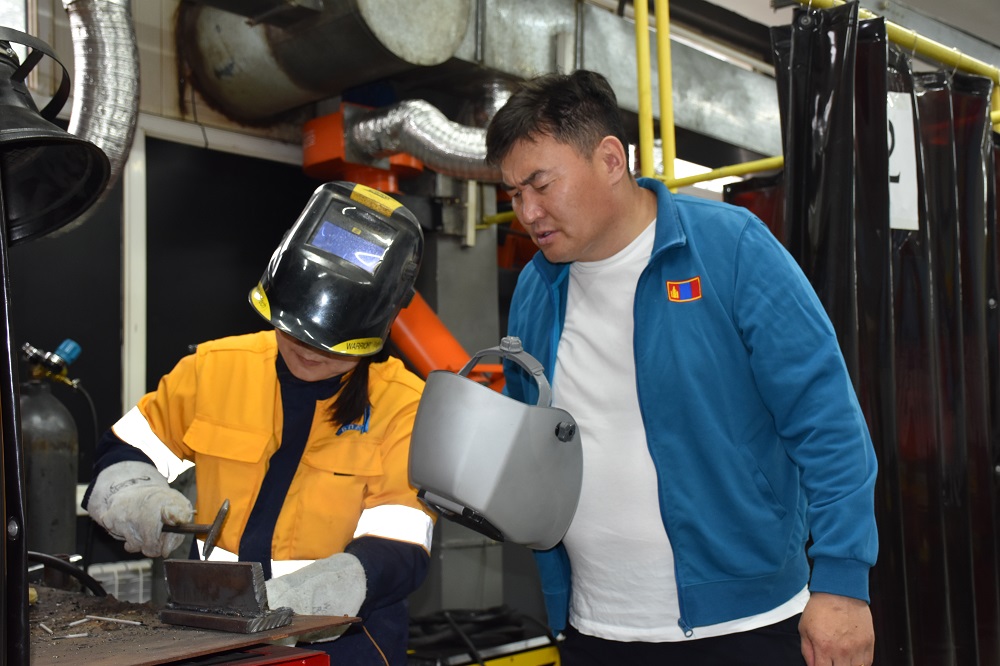
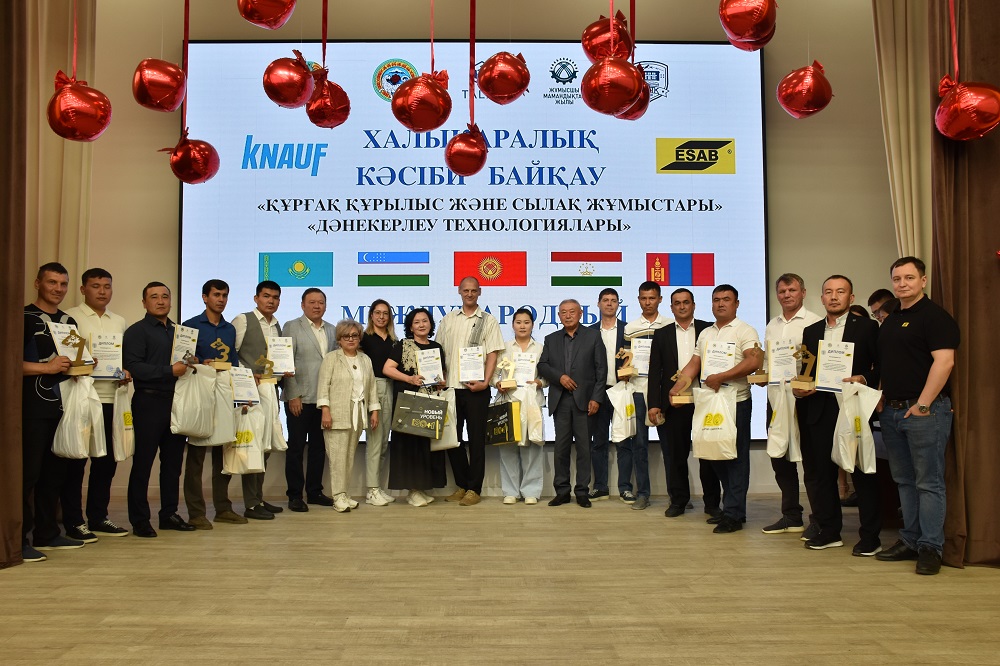
85 000 м² решений для горной отрасли: итоги XXXIII Междунаро�...
С 3 по 6 июня 2025 года в Новокузнецке прошла XXXIII Международная специализированная выставка технологий горных разработок «Уголь России и Майнинг. Недра России». Площадка объединила три специализированные выставки: XV «Охрана, безопасность труда и жизнедеятельности», X «Недра России» и VI «ПромТехЭкспо».
В 2025 году мероприятие значительно расширило экспозицию. Свои решения представили 715 компаний, 84 города России, включая 148 предприятий из 11 городов Кузбасса. География участников не ограничилась российскими экспонентами – разработки презентовали компании из Беларуси, Китая, Турции, Индии, а также европейских стран. За четыре дня выставку посетили 62 834 человека.
«Выставка «Уголь России и Майнинг. Недра России» – ключевое отраслевое событие не только для Кузбасса, но и для всей России. Сибирь и Дальний Восток заслуженно считаются ведущими регионами добывающей промышленности Российской Федерации: здесь расположены значимые месторождения полезных ископаемых, формируется значительная часть сырьевого баланса страны. Ценно, что именно Новокузнецк, южная столица Кузбасса, ежегодно становится точкой притяжения для ведущих представителей горнодобывающей отрасли и открывает новые горизонты развития бизнеса и обмена опытом. Здесь речь идёт не только о технологическом прогрессе. Особая атмосфера мероприятия формируется за счет ежегодной насыщенной культурной программы, которая подчеркивает неразрывную связь и единство между промышленностью, наукой и творчеством. На протяжении уже 33 лет выставка не только развивается и расширяет свои масштабы, но и непрерывно обогащается новыми решениями и подходами, оставаясь при этом «глубже, чем уголь и шире, чем Кузбасс», – подчеркнул Владимир Васильевич Табачников, генеральный директор ВК «Кузбасская ярмарка».
Масштабы «живой» экспозиции 2025 года – 85 000 м² техники и оборудования для открытых и подземных горных работ, цифровых решений, разработок для автоматизации производства, запчастей и расходных материалов.
На торжественной церемонии открытия Губернатор Кемеровской области – Кузбасса Илья Середюк отметил особый «характер» экспозиции:
«Кузбасс, как один из главных добывающих регионов России давно стал для многих компаний «регионом промышленных испытаний». И если раньше внушительную долю занимали европейские бренды, сегодня экспозицию представляют российские компании и бренды из дружественных стран. Это надежные, локализованные решения».
Из наиболее ярких премьер – первый в России тяжелый карьерный грейдер грузоподъемностью 70 тонн БЕЛАЗ-79770. Машина оснащена энергоэффективным двигателем мощностью 600 л/с, системой ROPS/FOPS, обеспечивающей защиту оператора, и современной системой контроля «слепых зон». Сразу после выставки он отправился на производственную площадку «Кузбассразрезугля».
Особое место в экспозиции заняли инновационные разработки «Распадской угольной компании». Компания представила VR-тренажеры, позволяющие отрабатывать навыки безопасной работы в виртуальной среде, что особенно важно для подготовки молодых специалистов.
На площадках деловой программы выставки состоялось 53 мероприятия, в том числе интерактивная сессия «Новые времена – Новые герои», организованная агентством «Маркетинг от Тимченко». Первый блок по традиции обозначил тренды геологоразведки, новинки оборудования, вопросы сервиса и решений для автоматизации предприятий. Второй – кадровый – блок в этом году посвятили вопросам кадрового обеспечения отрасли и повышения престижа инженерных и рабочих профессий. Значимо, что тема человека во главе отрасли, его роли и вклада в развитие промышленности прошла «красной нитью» сквозь все мероприятия выставки 2025 года. В числе спикеров выступили представители бизнеса – «Инстройтехком» (ИСТК), Группа ЭВОБЛАСТ, науки – «Росгеология» и образования – КузГТУ, СибГИУ, Дворец творчества имени Н. К. Крупской.
Культурную программу выставки наполнили выступление губернаторского джаз-клуба «Геликон», акция «Солдатская каша» в честь 80-летия Победы и конкурс «Лучший экспонат» с вручением 67 медалей и 13 Гран-при (7 наград получили кузбасские компании). Впервые прошел фотоконкурс «Профессия в лицах» – лучшие работы опубликуют в журнале «Уголь».
«Каждый экспонат, каждый диалог на площадке выставки «Уголь России и Майнинг. Недра России» – шаг к устойчивому будущему горной отрасли. Это выставка возможностей – для бизнеса, для науки, для новых стратегических партнерств, и Новокузнецк – это центр притяжения для международного сотрудничества. По итогам можно смело сказать, что главные тенденции в добывающей промышленности в 2025 году – локализация производства, цифровизация и автоматизация технологических процессов, эффективное использование мер государственной поддержки. Мы открыты к новым участникам и направлениям, с удовольствием поддержим решения, которые помогут расширить ассортимент для добывающих предприятий Сибири и Дальнего Востока», – подытожила Альбина Бунеева, директор выставка «Уголь России и Майнинг. Недра России».
Справка:
«Уголь России и Майнинг. Недра России» – крупнейшая выставка технологий горных разработок, ежегодно проходящая в городе Новокузнецке. Проводится при поддержке Министерства энергетики РФ, Министерства промышленности и торговли РФ, Министерства РФ по делам гражданской обороны, чрезвычайным ситуациям и ликвидации последствий стихийных бедствий, Министерства труда и социальной защиты РФ, Российского союза промышленников и предпринимателей, Некоммерческое партнерство «Горнопромышленники России», правительства Кузбасса и администрация города Новокузнецка.
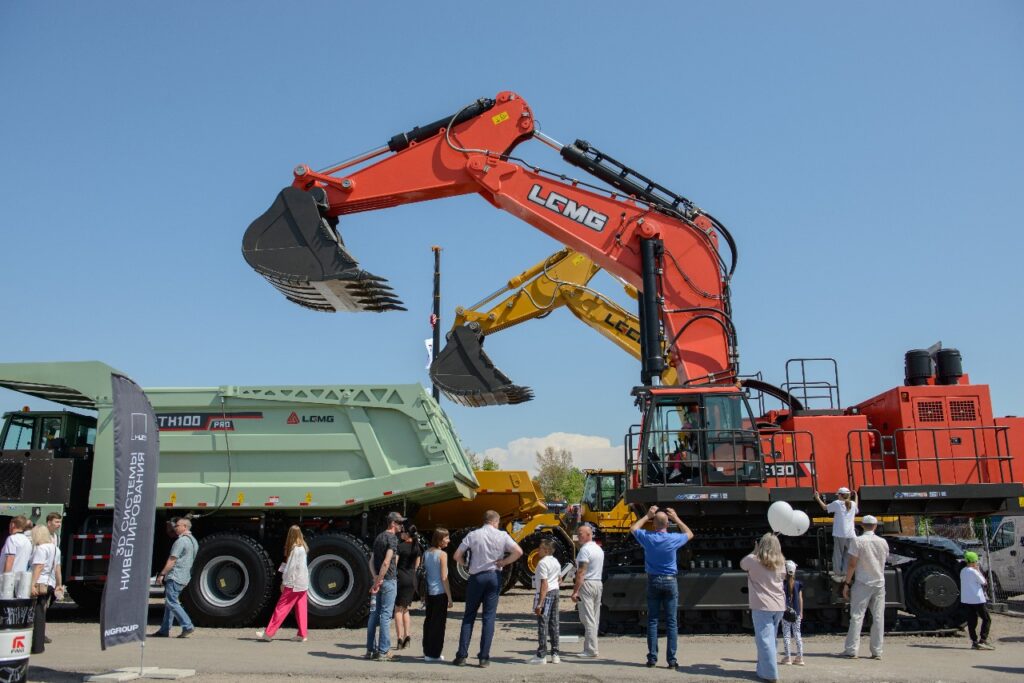
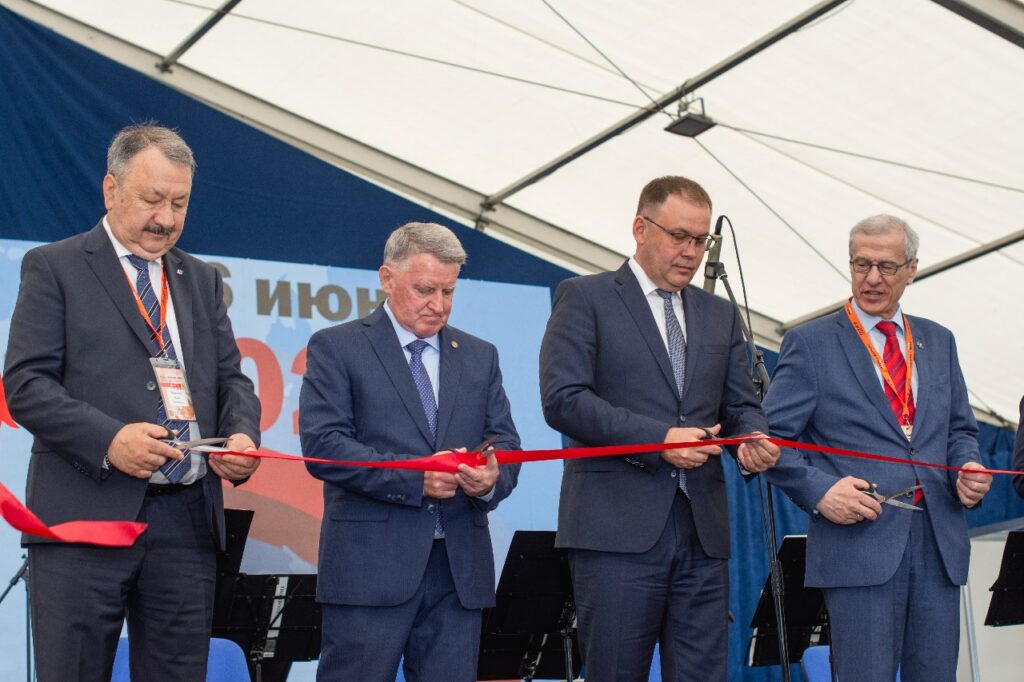
Итоги KIOSH 2025: от инновационных решений к новым стандарт...
С 28 по 30 мая 2025 года в Астане успешно прошла 13-я Казахстанская Международная Конференция и Выставка по охране труда и промышленной безопасности – KIOSH 2025, ставшая значимым событием для специалистов и экспертов ОТ и ПБ.
Выставка KIOSH 2025
Выставка разместилась на территории МВЦ «EXPO» и объединила 90 компаний из 12 стран, как: Беларусь, Бельгия, Великобритания, Германия, Индия, Казахстан, Китай, Латвия, Пакистан, Россия, Румыния и Турция. 38 компаний (41% экспонентов) продемонстрировали свою продукцию впервые. Посетители имели возможность ознакомиться с новейшими технологическими и программными решениями для ОТ и ПБ. Экспо-событие стало центром притяжения для 47 отечественных компаний и 44 международных участников, что свидетельствует о том, что KIOSH стала не только ключевым событием для отечественной отрасли, но и важной глобальной площадкой для обсуждения стратегических вопросов охраны труда и промышленной безопасности.
Мероприятие традиционно собрало 2 305 уникальных посетителя из разных стран мира. Посетители подчеркнули, что выставка является площадкой для новых возможностей сотрудничества. «Такие выставки играют важную роль в развитии бизнеса как в Казахстане, так и в странах СНГ. Это отличная возможность познакомиться с новыми предложениями и продуктами, особенно зарубежными. Например, здесь много представителей из Китая – можно пообщаться лично, обменяться опытом. Впечатления только положительные», – отметил Динмухамед Алимбеков, Инженер по продажам, TOO «AROS Group».
В течение трех дней на площадке выставки проходила насыщенная деловая программа, включавшая в себя семинары, сессии, воркшопы и мастер-классы. Впервые в рамках выставки проходили параллельные семинары в двух залах . На одной из зон Республиканский научно-исследовательский институт по охране труда Министерства труда и социальной защиты населения РК провел серию воркшопов, практикумов и мастер-классов, охватывающих актуальные вопросы охраны труда. В это же время на параллельной площадке компании-экспоненты и партнеры представили собственные образовательные форматы, делясь опытом, кейсами и новыми технологиями.
Настоящим центром притяжения стала интерактивная демонстрационная программа, которая впервые прошла в подобном формате. Большой интерес вызвал показ мод современной спецодежды благодаря своей оригинальной концепции: модели не просто демонстрировали дизайн изделий, но делали это в движении, включая танцевальные элементы, что наглядно подчеркнуло удобство и функциональность одежды в условиях активной работы. Также, на площадке работала демонстрационная зона – с мастер классом работы на высоте. Академия Безопасности Корпоративного университета ERG провела мини-курсы «Первая помощь» и «Коммуникации по безопасности», ставшие ценным практическим дополнением к образовательной программе выставки. Казахстанский производитель Best Vision продемонстрировал онлайн трансляцию c помощью касок с экшн-камерами и программного обеспечения, для предотвращения травматизма и смертности.
Все три дня на выставке царила деловая и оживленная атмосфера: проходили продуктивные встречи, налаживались новые партнерские связи, обсуждались актуальные вопросы развития отрасли. Участники отмечали высокий уровень организации и значимость подобных мероприятий для профессионального сообщества. Своим мнением поделилась Турсунай Ибадатова, Директор, ТОО ПИК Ютария Ltd: «На протяжении этой выставки мы познакомились со многими компаниями, с новыми уже обменялись контактами. Я думаю, что мы достигнем какого-то взаимовыгодного сотрудничества. Подобные площадки оказывают большое влияние на развитие отрасли, в плане обмена опытом с другими странами, потому что на данной выставке представлены такие страны как Пакистан, Индия, Турция, Китай, даже Бельгия. Обмен опытом, обмен информацией должны повлиять на развитие в целом отрасли охраны труда и безопасности труда».
Конференция KIOSH 2025
28–30 мая, параллельно с выставкой, состоялась Международная Конференция KIOSH 2025, в рамках которой прошли 10 специализированных сессий и бизнес-игра. В первый день конференции состоялась Стратегическая Пленарная сессия на тему: «Будущее охраны труда и промышленной безопасности: стратегии, тренды и инновационные решения». Участники обсудили современные вызовы и тренды в сфере охраны труда и промышленной безопасности, приоритетные направления развития культуры безопасности и внедрение международных стандартов. Среди ключевых спикеров были Ермек Кошербаев — Заместитель Премьер-министра Республики Казахстан, Светлана Жакупова – Министр труда и социальной защиты населения РК, Сатыбалды Даулеталин – Председатель Федерации профсоюзов РК, Жумабек Жаныкулов – Председатель Президиума Национальной Конфедерации работодателей РК «PARYZ», Гибрат Ауганов – Управляющий директор АО «Самрук-Қазына», Ребекка Хикман – CEO Королевского общества по предотвращению несчастных случаев (RoSPA), Великобритания, Даррен Николс – международный эксперт по промышленной безопасности, Австралия, Славик Саргсян – Вице-президент Международной ассоциации инспекции труда и Руководитель Инспекционного органа здравоохранения и труда Республики Армения, Рашид Дубаев – Председатель комитета промышленной безопасности Министерства чрезвычайных ситуаций РК, Чингиз Ахметов – Руководитель по производственной безопасности директората по ОТиПБ ТОО «Евразийская Группа», Николай Радостовец – Исполнительный директор Ассоциации горнодобывающих и горно-металлургических предприятий, Болат Акчулаков – Председатель Ассоциации KAZENERGY, Бейбит Абдикенов – Директор НИЦ «Artificial Intelligence», ТОО «Astana IT University».
Особое внимание на конференции привлекли 4 панельные сессии, которые прошли по темам: «Трансформация национальной системы профессиональных компетенций в области БиОТ», «Как искусственный интеллект, Big Data и другие цифровые решения меняют охрану труда и промышленную безопасность? », «Обеспечение профессионального здоровья и безопасности труда: вызовы и перспективы», «Международные стандарты предотвращения производственного травматизма: стратегии и практика». Эти сессии стали ключевыми дискуссионными площадками, объединившими экспертов и практиков для обмена опытом и выработки решений по актуальным вызовам отрасли. Также, при партнерстве с Советом по формированию национального рынка профессиональных услуг в области техногенной безопасности НПП РК «Атамекен» состоялась встреча специалистов в сфере техногенной безопасности на тему: «Обеспечение безопасности и целостности опасных производственных объектов и оборудования».
29 мая были организованы сессии, посвящённые развитию корпоративной культуры безопасности и современным подходам к управлению рисками при партнерстве с компанией ERG. Казахстанские и зарубежные компании поделились актуальными практиками и опытом по ОТ и ПБ. Завершила деловую программу, 30 мая, бизнес-игра по безопасности и охране труда.
KIOSH 2025 вновь подтвердил свою значимость как ведущую платформу для обсуждения актуальных вопросов ОТ и ПБ отраслей, укрепления международного сотрудничества и развития инновационных решений.
Золотой Партнер – ТОО «Евразийская Группа».
Серебряные Партнеры – ТОО «Казцинк», Группа Kaz Minerals.
Бронзовый партнер – ТОО «BEST Vision Technologies».
Государственный партнер проекта – Министерство труда и социальной защиты населения Республики Казахстан.
Официальную поддержку событию оказали РГП на ПХВ «Республиканский научно-исследовательский институт по охране труда Министерства труда и социальной защиты населения Республики Казахстан», Комитет промышленной безопасности Министерства по чрезвычайным ситуациям Республики Казахстан, НПП Атамекен, Ассоциация горнодобывающих и горно-металлургических предприятий» (АГМП), Объединение юридических лиц «Казахстанская ассоциация организаций нефтегазового и энергетического комплекса «KAZENERGY», Ассоциация СИЗ, IOSH, ORP, NEBOSH, CSSE, Федерация профсоюзов Республики Казахстан, Союз юридических лиц и индивидуальных предпринимателей «Национальное объединение предприятий легкой промышленности «QazTextileIndustry», Ассоциация безопасного вождения, Petro Mining. Организатором выставок выступила Казахстанская выставочная компания Iteca и ее международный партнер – группа компаний ICA Events.
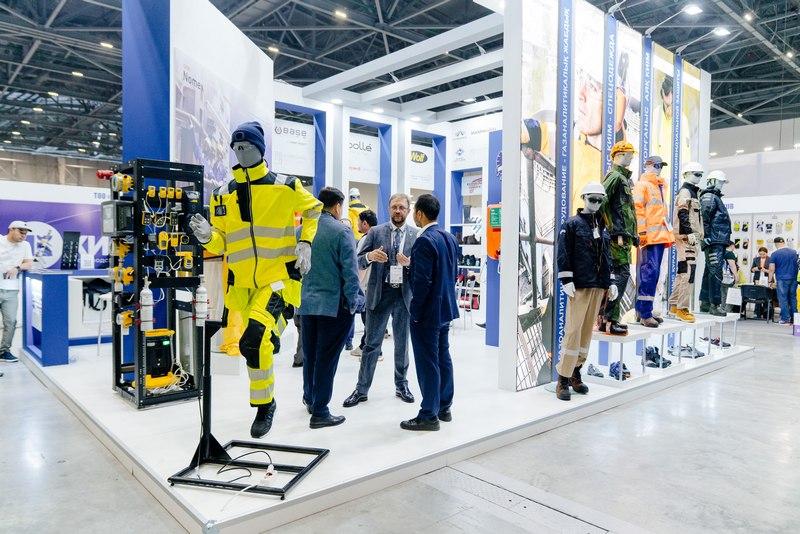
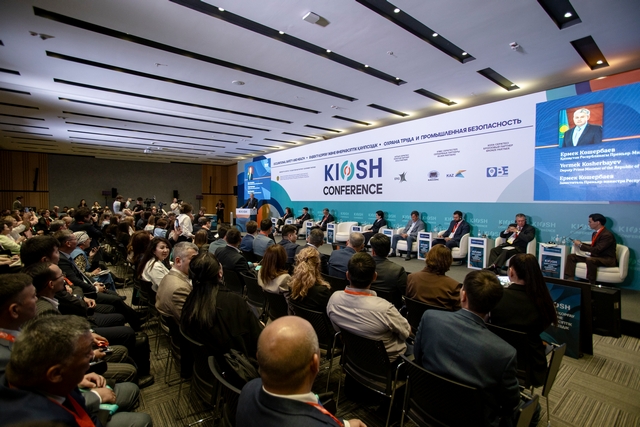
От трендов к практике: ИСТК на выставке «Уголь России и...
С 3 по 6 июня 2025 года в Новокузнецке прошла XXXIII Международная специализированная выставка «Уголь России и Майнинг. Недра России», по традиции собравшая ключевых игроков горнодобывающей отрасли.
Компания «Инстройтехком» (ИСТК), как один из ведущих дистрибьюторов рынка спецтехники, оборудования и запасных частей для всех отраслей промышленности, представила свой портфель продукции для решения задач недропользователей: горно-шахтное оборудование, технику для открытых горных работ, дробильно-сортировочное оборудование, запасные части и современные продукты для автоматизации горного предприятия. На стенде презентовали буровую установку пневмоударного бурения Goodeng GMD80S для бурения буровзрывных скважин диаметром от 90 до 203 мм и глубиной до 36 м. А также – новую разработку для подземных горных работ – буровую установку очистного бурения SITON DL52. Оборудование оснащено аналогом перфоратора SANDVIK HL1560 мощностью 33 кВт, и способно бурить скважины глубиной до 54 м и диаметром до 127 мм.
Особый акцент компания ИСТК делает на широкой сети сервисных центров по всей стране. 62 структурных подразделений и 11 сервисных центров позволяют оказывать техническую поддержку 24/7. В возможностях: оперативный ремонт техники европейских, японских, а также китайских брендов, в том числе с выездом специалистов на объект заказчика, промышленная диагностика, обучение персонала и поставка запасных частей.
Один из крупнейших сервисных центров находится в Кемерово, что обеспечивает минимальное время реагирования на запросы предприятий Кузбасса. Общая площадь сервисного центра – 14 000 м2, 900 м2 из которой – склад запчастей. Пропускная способность – до 10 узловых ремонтов в месяц, при этом производственные возможности позволяют проводить три капитальных ремонта одновременно: машин типа ПДМ, буровых, шахтных комбайнов, бульдозеров, автосамосвалов.
В этом году компания впервые представила решения для цифровизации и автоматизации добывающих предприятий. Среди цифровых продуктов: трехмерная геологическая информационная система (3D ГИС) для умного планирования добычи полезных ресурсов, интеллектуальная диспетчерская, автоматизированное проектирование взрывных работ, автономный транспорт и системы обучения в виртуальной реальности (VR-обучение).
Особый фокус на цифровые разработки для обеспечения промышленной безопасности: микросейсмический мониторинг, умное проветривание горных выработок, системы управления рисками и аварийным спасением.
Сегодня это не просто технологии – это новый стандарт эффективной и безопасной работы добывающих предприятий.
По традиции ИСТК приняла участие в деловой программе выставки. 4 июня спикеры компании выступили на интерактивной сессии «Новые времена – Новые герои», авторского проекта агентства «Маркетинг от Тимченко». Специалисты рассказали о современных тенденциях на рынке спецтехники и опыте оптимизации экономических ресурсов горнодобывающих предприятий.
«Мы не только пополняем линейки новыми решениями. Нам важно вести открытый и двусторонний диалог с представителями отрасли. Такие площадки, как выставка «Уголь России и Майнинг. Недра России» и интерактивная сессия «Новые времена – Новые герои» способствуют профессиональному обмену мнениями между производителями, наукой и бизнесом, открывают новые направления для сотрудничества и развития отрасли», – отметил Роман Тонышев.

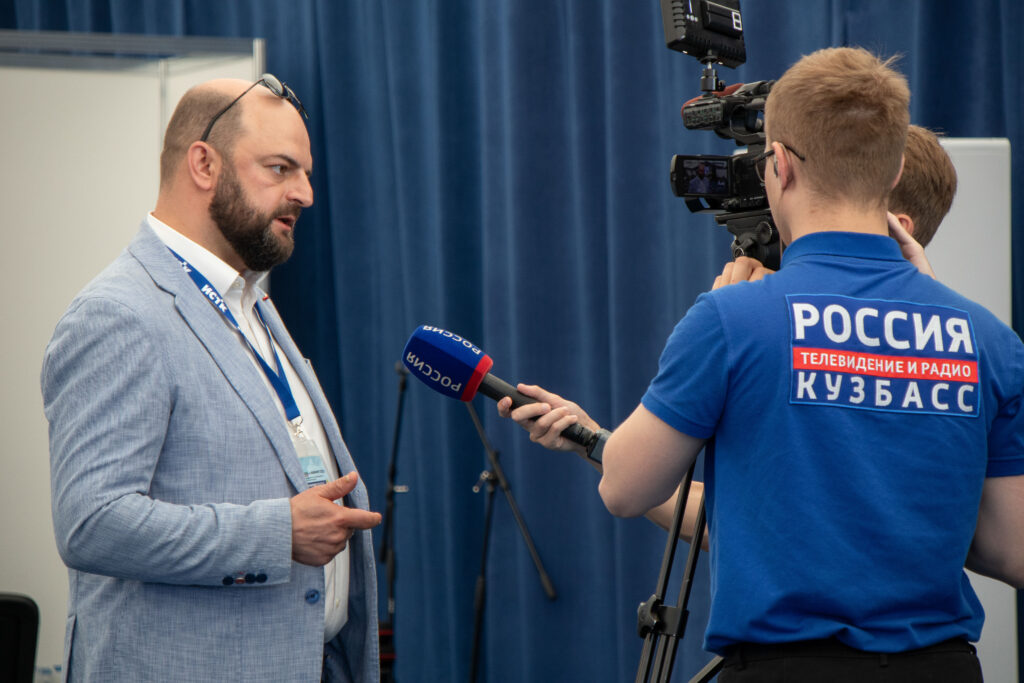
Micromine открывает новые возможности для геологов и плани...
Компания Micromine, признанный лидер в области технологий для горной отрасли, представила новый полугодовой релиз 2025 года. Этот релиз усиливает возможности на всех этапах горного производственного цикла, предлагая два ключевых нововведения, которые значительно изменят рабочие процессы геологов и планировщиков подземных горных работ.
Искусственный интеллект в работе геологов
Теперь Micromine Origin включает в себя Grade Copilot - ведущий инструмент моделирования на базе ИИ, ставший доступным в рамках всех подписок на модули геологии и оценки ресурсов. Это поддерживает переход к современному подходу в геологии, основанному на данных, и делает передовые возможности частью повседневной работы.
Подземное планирование на новом уровне
Micromine Advance становится самым мощным инструментом для планирования подземных работ благодаря встроенному оптимизатору выемочных единиц. Эта разработка Micromine - лишь один из множества новых инструментов, которые обеспечивают инженеров всем необходимым для подземного планирования в едином программном пространстве.
Эти ключевые функции являются частью масштабного обновления решений Micromine – восьми взаимосвязанных продуктов, охватывающих весь цикл горных работ. В новом релизе пользователи найдут новые инструменты: от облачных возможностей и ИИ-автоматизации до усовершенствованных решений для планирования.
«Мы гордимся тем, что продолжаем помогать нашим клиентам получать максимум от своих проектов, предлагая интегрированные технологии, которые адаптируются под реальные задачи и меняющиеся потребности предприятий», - отметил Эндрю Бёрч, генеральный директор Micromine.
«Это обновление – важный шаг в сторону создания цифровой платформы, которая помогает повышать эффективность на каждом этапе горного цикла. Благодаря интеграции ИИ, автоматизации и инструментов для совместной работы в реальном времени, мы обеспечиваем нашим пользователям доступ к самым передовым технологическим решениям».
Ознакомьтесь с другими решениями Micromine
Micromine предлагает интегрированный набор решений, разработанных для поддержки всех этапов жизненного цикла горнодобывающего предприятия.
Геологоразведка
Оценка запасов и проектирование
Планирование (Открытые горные работы)
Планирование (Подземные горные работы)
Эксплуатация и транспортировка
Управление данными
Основные новинки полугодового релиза Micromine 2025:
Геологоразведка и геология
Micromine Geobank, программное обеспечение для сбора и управления геологическими данными, теперь доступен в облачной версии на платформе Micromine Nexus, предоставляя пользователям доступ к геологическим данным в любое время и из любого места. Это избавляет от необходимости в инфраструктуре и техническом обслуживании, обеспечивая гибкость и удобство.
Micromine Origin, программное обеспечение для геологического моделирования и визуализации, продолжает переопределять подход к современной геологии. Теперь ИИ является неотъемлемой частью подписки: пользователи могут создавать модели за считанные минуты, проверять гипотезы и сосредотачиваться на задачах с высокой добавленной стоимостью. Автоматизация рутинных процессов, таких как планирование бурения и оценка инвестиций, делает рабочий процесс еще более эффективным.
Проектирование и планирование
Обновления в Micromine Beyond, решении для проектирования карьеров обеспечивают более тесное взаимодействие проектировщиков и планировщиков. Автоматизированные инструменты позволяют мгновенно вносить изменения в элементы карьера, такие как бермы и уступы, с автоматическим обновлением всей модели. Интеграция с Micromine Alastri позволяет легко переносить проекты напрямую в инструменты краткосрочного и долгосрочного планирования простым перетаскиванием модели, что сокращает ошибки и ускоряет процесс работы.
Micromine Spry, решение для планирования добычи при разработке пластовых месторождений, теперь включает новые инструменты для управления зависимостями, что позволяет планировщикам легче выстраивать и корректировать связи между операциями, улучшая точность планов и ускоряя принятие решений.
Micromine Alastri, продукт для планирования открытых горных работ, предлагает новые функции для снижения допущений и создания реалистичных планов. Инженеры получают больше контроля и деталей - а значит, могут создавать тактические планы, которые действительно работают на производстве. Это не просто улучшает показатели, а позволяет уверенно смотреть в будущее и принимать стратегически выверенные решения.
Micromine Advance, вышедший ранее в этом году, быстро набирает обороты и уже стал полноценным решением для планирования подземных работ. Встроенный оптимизатор выемочных единиц позволяет инженерам проектировать камеры, составлять графики и управлять планами в одной среде. Всё больше мощных инструментов теперь входит в базовую комплектацию и делает Micromine Advance полноценным инструментом для подземного планирования.
Эксплуатация и транспортировка
Micromine Pitram, независимое от производителя комплексное решение для управления рудником и парком техники для сбора, управления, анализа данных и оптимизации всех работ на руднике, предлагает ещё больше прозрачности для повышения эффективности подземной добычи. Новый инструмент контроля торкретирования позволяет отслеживать процесс на каждом этапе: от подготовки смеси до нанесения в конкретной выработке. Также появились дополнительные статусы оборудования, дающие больше понимания причин простоев, а улучшенная устойчивость системы обеспечивает сохранность данных даже при временной потере связи.
Управление данными и совместная работа
Платформа Micromine Nexus продолжает развиваться как единый цифровой центр. В этом релизе добавлены новые функции, включая облачные версии продуктов и улучшенные инструменты для совместной работы в реальном времени. Это помогает командам работать скоординированно на всех этапах, без необходимости в сложной инфраструктуре и с возможностью масштабирования по мере роста потребностей.
В завершение г-н Берч отметил:
«Полугодовой релиз 2025 подтверждает стремление Micromine к инновациям и партнёрству с горнодобывающей отраслью. Наша цель – предоставлять технологии, которые помогают добиваться успеха на каждом этапе производственного цикла».
Полугодовое обновление Micromine 2025 уже доступно для скачивания и установки всем текущим пользователям Micromine.
Узнайте больше или запросите пробный доступ на сайте: micromine.kz
О компании Micromine
Micromine – мировой лидер в области горного программного обеспечения с 39-летним опытом и более чем 3 200 проектами по всему миру. Компания предлагает мощные и интуитивно понятные инструменты для геологоразведки, оценки ресурсов, планирования и контроля добычи, помогая повышать производительность и принимать уверенные решения.
Компания активно инвестирует в исследования и разработки, обеспечивая лидирующие позиции в технологиях, а также предоставляя поддержку через локальные команды по всему миру.
С апреля 2025 года Micromine стала частью Weir Group - мирового лидера в области технологий для горной промышленности. Вместе мы ускорим переход к интеллектуальной, эффективной и устойчивой добыче.
Контакты для СМИ:
Эванжелин Ньюби | Руководитель глобальных кампаний, Micromine
enewby@micromine.com


Статьи
АҚТОҒАЙ МЫС-ПОРФИРЛІ КЕН ОРНЫНЫҢ МЫСАЛЫНДА ГИДРОТЕРМИЯЛЫҚ ӨЗГЕРГЕН АЙМАҚТАРДЫ ЖІКТЕУ ҮШІН МАШИНАЛЫҚ ОҚЫТУ АЛГОРИТМДЕРІН ҚОЛДАНУ
https://doi.org/10.48498/minmag.2025.242.6.001
Мақалада Ақтоғай мыс-порфирлі кен орнын мысалға ала отырып, гидротермалды өзгерген аймақтарды жіктеу үшін машиналық оқыту алгоритмдерін қолдану нәтижелері қарастырылады. Зерттеу ASTER (Advanced Spaceborne Thermal Emission and Reflection Radiometer) спутнигінің мультиспектралды деректері, сондай-ақ далалық және зертханалық зерттеу нәтижелері негізінде жүргізілді. Жіктеу нәтижелері бойынша максималды ықтималдық әдісі ең жоғары тиімділікті көрсетті: жалпы дәлдік – 84,12%, Каппа коэффициенті – 0,79. Ал минималды қашықтық әдісінің дәлдігі 54%-ды, Каппа коэффициенті 0,39-ды құрады. Бұл нәтижелер гидротермалды өзгерген аймақтарды автоматты түрде карталауда машиналық оқыту алгоритмдерінің әлеуетін растайды.
Э.О. Орынбасарова, *Б. Адебиет, О. Байтурбай, М.К. Закария
МЕДНО-ПОРФИРОВЫЕ МЕСТОРОЖДЕНИЯ КОРДИЛЬЕРСКОГО (США) И ЦЕНТРАЛЬНО-КАЗАХСТАНСКОГО РУДНЫХ ПОЯСОВ: ВЛИЯНИЕ ТЕКТОНИЧЕСКИХ УСЛОВИЙ НА РУДООБРАЗОВАНИЕ
https://doi.org/10.48498/minmag.2025.242.6.009
Анализ разломных зон, магматических комплексов и гидротермальных изменений позволил выявить структурно-геологические и минералогические закономерности размещения рудных тел в субдукционных обстановках. Сравнение порфировых систем Центрального Казахстана (позднепалеозойская субдукция) и северо-западных районов США (мезозойско-кайнозойская субдукция) показало сходные рудоконтролирующие факторы: активные разломы, калиевые изменения, кварц-серицитовые ассоциации. Отличия касаются интенсивности изменений, состава рудных минералов и масштаба магматизма. Полевые работы (2019, 2024) включали картирование и отбор образцов, лабораторные анализы охватывали минералогию, петрографию и геохимию. Интеграция данных позволила уточнить условия формирования порфировых систем и выделить признаки перспективных объектов в сходных геодинамических условиях. Результаты применимы для планирования поисков.
А.А. Бекботаева, К. Фурлонг, *Д.Н. Талгарбаева, Т.Л. Абдуллаева








